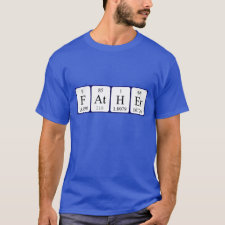
Authors: Li Z, Ding J, Day M, Tao Y
Article Title: Molecularly imprinted polymeric nanospheres by diblock copolymer self-assembly.
Publication date: 2006
Journal: Macromolecules
Volume: 39
Issue: (7)
Page numbers: 2629-2636.
DOI: 10.1021/ma0526793
Abstract: Novel molecularly imprinted polymeric nanospheres (MIPNs) were prepared combining both molecular imprinting and block copolymer self-assembly techniques. A diblock copolymer, poly[(tert-butyl methacrylate)-block-(2-hydroxylethyl methacrylate)] (PtBMA-b-PHEMA), was synthesized by living free radical polymerization. Further postfunctionalization introduced 2-acrylamido-6-carboxylbutylamidopyridine (ACAP) and cross-linkable methacryloyl side groups into the polymer. The resulting final diblock copolymer was able to interact with 1-alkyluracil or 1-alkylthymine derivatives in chloroform to form triple hydrogen bonding complexes. Addition of cyclohexane, a block selective solvent, to this solution produced spherical micelles with uracil or thymine compounds embedded within the core, which was cross-linked in the solution in order to lock-in the MIP structures. The cross-linking has also made the core-shell structure of the micelle particles sufficiently stable for the subsequent extraction and rebinding process, which was confirmed by TEM and FTIR study. After cross-linking and extraction, these uniform nanospheres showed good dispersibility in organic solvents and demonstrated specific rebinding preponderancies to the target molecules of nucleotide bases, uracil, or thymine compounds. Comparing with the traditional bulk MIPs, these MIPNs demonstrated higher rebinding capacities and comparable size and shape selectivity.
Template and target information: 1-alkyluracil, 1-alkylthymine, 1-Ethyluracil, EU, 1-butyluracil, BU, 1-ethylthymine, ET, 1-butylthymine, BT



Join the Society for Molecular Imprinting

New items RSS feed
Sign-up for e-mail updates:
Choose between receiving an occasional newsletter or more frequent e-mail alerts.
Click here to go to the sign-up page.
Is your name elemental or peptidic? Enter your name and find out by clicking either of the buttons below!
Other products you may like:
 MIPdatabase
MIPdatabase









